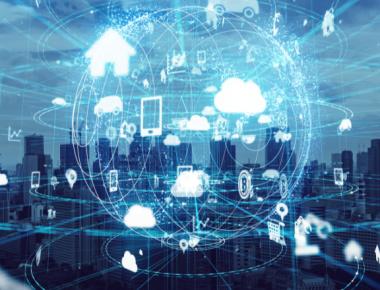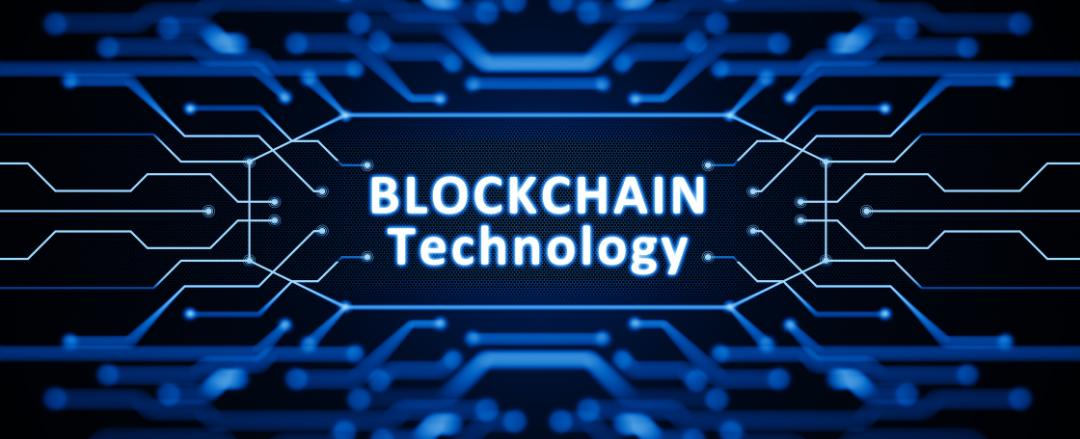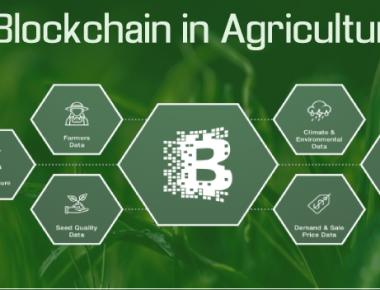

Why 2023 is the Year of Web3 in Blockchain Technology
Blockchain technology has come a long way since its inception, with new advancements being made every year. One such advancement is the rise of Web3, a new phase of the internet that aims to create a more decentralized and open web powered by blockchain technology.
Introduction
Before we dive into why 2023 is the year of Web3 in blockchain technology, let’s first define what Web3 is. Web3 is the third phase of the internet, also known as the decentralized web, which aims to create a more open and transparent internet using blockchain technology.
Web3 is built on top of the existing internet infrastructure and aims to decentralize the internet by creating a network of decentralized applications that operate on a peer-to-peer basis.
The Rise of Decentralized Applications (dApps)
One of the primary drivers of Web3 is the rise of decentralized applications (dApps). Decentralized applications are built on top of blockchain technology and are designed to operate in a decentralized manner, meaning they are not controlled by any central authority. This allows for greater transparency, security, and privacy compared to traditional centralized applications.
In 2023, we can expect to see a significant increase in the number of dApps being developed and deployed on blockchain networks. This will be driven by the increasing demand for decentralized services that offer greater control and privacy to users.
The Emergence of Decentralized Finance (DeFi)
Another major driver of Web3 in 2023 is the emergence of decentralized finance (DeFi). DeFi is a new financial system that operates on a decentralized basis using blockchain technology. It aims to create a more open and transparent financial system that is accessible to anyone, regardless of their location or financial status.
In 2023, we can expect to see a significant increase in the number of DeFi applications being developed and deployed on blockchain networks. This will be driven by the increasing demand for decentralized financial services that offer greater control and privacy to users.
The Importance of Interoperability
One of the key challenges facing Web3 in 2023 is the issue of interoperability. Interoperability refers to the ability of different blockchain networks to communicate and work together seamlessly. Currently, most blockchain networks are isolated from each other, which limits their ability to interact and share data.
The Role of Web3 in the Future of the Internet
Web3 has the potential to play a significant role in the future of the internet. By creating a more decentralized and open internet, Web3 has the potential to democratize access to information and services, while also promoting greater privacy and security for users.
In 2023, we can expect to see a significant increase in the adoption of Web3 technologies, with more businesses and individuals embracing the decentralized web.
The Bottom Line
In conclusion, 2023 is set to be the year of Web3 in blockchain technology, driven by the rise of decentralized applications, decentralized finance, and the increasing importance of interoperability. Web3 has the potential to revolutionize the way we interact with the internet, creating a more open, transparent, and decentralized web that offers greater privacy and security to users.
As we move towards 2023, it is important for businesses and individuals to start paying attention to Web3 and the potential it offers. By embracing Web3 technologies, we can create a better, more equitable internet that benefits everyone.
Tags
Share
Web Developer
Expertise
Quick Links
Legal Stuff






